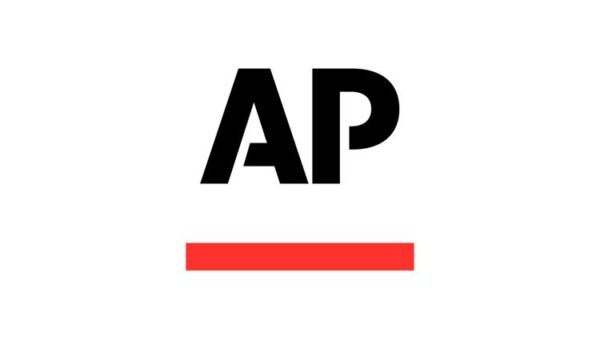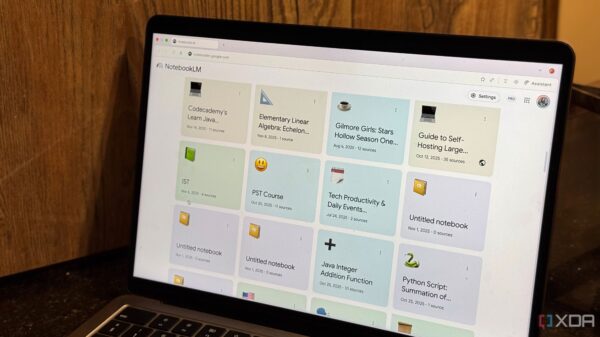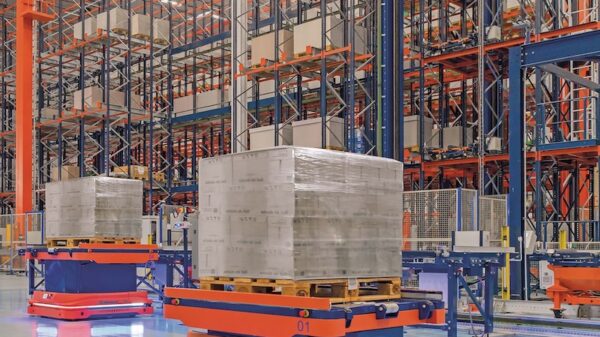Lenders are increasingly turning to alternative data to enhance their credit decision-making processes and mitigate fraud. As traditional funding for statistical programs from federal agencies diminishes, banks and FinTech companies are leveraging these non-traditional data sources to gain insights into borrower credibility. During a discussion in August 2023, Kyle Becker, Chief Financial and Risk Officer at Concora Credit, emphasized the importance of this shift in the financial landscape.
The traditional credit assessment models are undergoing significant stress testing, as new sources of intelligence, including cash flow underwriting and real-time fraud detection, become essential elements in lending decisions. Becker pointed out that the integration of alternative data not only reduces risk but also broadens access to credit for a larger pool of consumers, especially those with limited credit histories.
Unlocking the Potential of Alternative Data
For decades, credit bureau files have served as the cornerstone of lending decisions. Yet, many individuals have “thin” credit files, lacking extensive histories with loans or credit cards. Becker noted that alternative data offers a more nuanced perspective on applicants who may otherwise be overlooked. Tools such as cash flow underwriting, which allows lenders to verify a consumer’s income and expenses through their primary checking accounts, are gaining traction. This method not only assesses repayment capacity but also acts as a safeguard against fraud.
“There’s increasingly more access to these kinds of alternative data sets,” Becker stated. “Cash flow underwriting provides real-time insights into an individual’s ability to meet payment obligations, which is especially valuable for those with thinner credit histories.” This dual benefit creates a scenario where lenders can minimize risk while simultaneously extending credit opportunities to more borrowers.
Navigating the Challenges of Data Integration
Despite the advantages of alternative data, not all stakeholders are adopting these strategies uniformly. One pivotal reason lies in the varying quality of available data and the persistent issue of model degradation. To combat this, Concora Credit employs data science to continuously monitor its predictive models, ensuring they maintain their effectiveness over time.
Becker explained, “Having digital expertise, strong data science capabilities, and operational scale are crucial for maximizing the benefits of alternative data.” Each year, Concora Credit assesses approximately a dozen new data sources to enhance its offerings. However, integrating alternative data into existing systems is not a straightforward process. Institutions must carefully evaluate when to utilize specific datasets throughout the customer lifecycle, balancing the associated costs.
While underwriting and fraud prevention represent immediate opportunities for alternative data application, Becker believes its potential extends far beyond these aspects. “Data science can enhance customer service significantly,” he remarked. “Understanding customer inquiries and providing timely solutions can greatly improve satisfaction.”
At the core of Becker’s vision is a layered credit approach. Traditional bureau data remains vital, but alternative data adds invaluable context, enriching the understanding of consumer behavior and risk. “We consistently identify one or two new data sources each year, layering them into our underwriting and fraud prevention strategies,” Becker added. “This compounding effect enables us to offer credit access to individuals who might not have had such opportunities previously.”
In summary, while traditional credit bureau data will always hold significance, Becker asserts that alternative data is poised to play an increasingly prominent role in reshaping the lending landscape. As lenders continue to innovate and adapt, the integration of diverse data sources will be crucial in meeting the evolving needs of borrowers.





































































